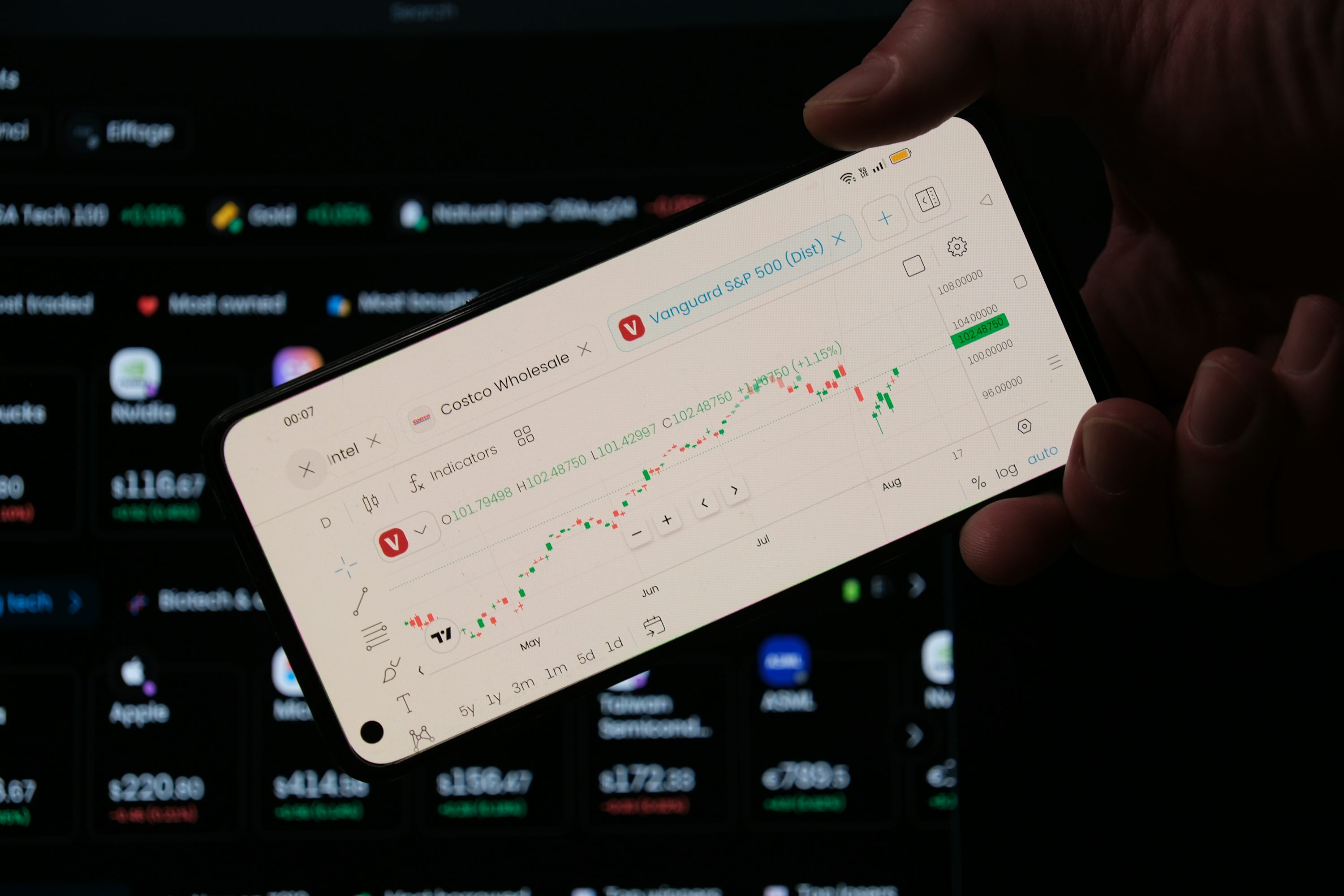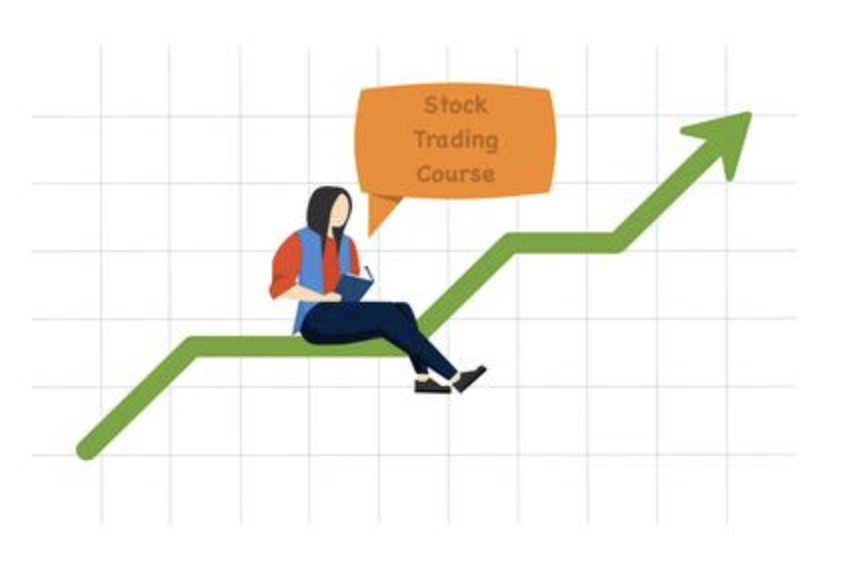Under the tide of globalization, the financial market has become a complex stage where the forces of various countries are intertwined, and the valuation contest is surging. Cultural differences are like hidden reefs, which always affect the valuation trend.

Cultural genes in different regions have paved the way for the differentiated background of valuation games. In the cultural atmosphere of collectivism, enterprise valuation is often given a longer-term and more inclusive consideration. Decision-makers tend to put enterprises in grand narratives such as industrial chain and social value, and synergistic effect and social stability factors may be added points in valuation. A traditional manufacturing enterprise, with its close ties with local industrial clusters and key support for employment and regional economic stability, may get a premium beyond simple financial indicators in valuation. This cultural valuation perspective makes enterprise valuation more holistic, but sometimes it may deviate from the core logic of the market by overemphasizing non-economic factors.
In the financial market dominated by rational supremacy culture, the valuation process presents a completely different style. Investors adhere to the persistent pursuit of numbers and models, and disassemble enterprise value with precise formulas. They build a complex cash flow discount model, deeply analyze the historical financial data of enterprises, and accurately predict the future profit growth trend. Take a technology start-up company as an example, investors will use detailed financial model to calculate the corresponding valuation according to its user growth rate and market share expansion speed. This highly rational valuation method ensures the preciseness and accuracy of the valuation, but it is also easy to fall into the digital maze, ignoring the potential shaping of long-term value by soft factors such as the culture and social environment in which the enterprise is located.

The cross-cultural valuation game in the field of mergers and acquisitions is more intense. When enterprises from different cultural backgrounds try to integrate, valuation differences often become the primary obstacle. On the one hand, it values the synergy potential brought by corporate culture integration and advocates higher valuation on the grounds of cultural fit; On the other hand, it focuses on quantifiable assets and market share, and is conservative about cultural factors. This conflict of ideas caused the two sides to be deadlocked at the negotiating table, and the valuation negotiations fell into a tug-of-war. In order to resolve the deadlock, professional financial intermediaries came into being. They are familiar with the valuation logic of different cultures, like skilled translators, and build a bridge between the two sides. By introducing multiple valuation models and integrating multi-dimensional factors such as finance and culture, we can provide more consensus valuation reference for both parties and explore the clear path to reach a deal in the cultural fog.

In addition, in the field of international investment, the influence of cultural differences on valuation can not be ignored. When evaluating overseas projects, investors often make decisions based on investment preferences and risk perceptions shaped by local culture. For example, in some cultural backgrounds, investors are more inclined to stabilize their income and be cautious about the valuation of high-risk and high-return projects; In other cultures, investors are keen on taking risks and give higher valuations to innovative and high-growth enterprises. This culture-driven valuation difference may lead to cognitive bias in transnational investment and affect the flow of funds and the efficiency of resource allocation.







